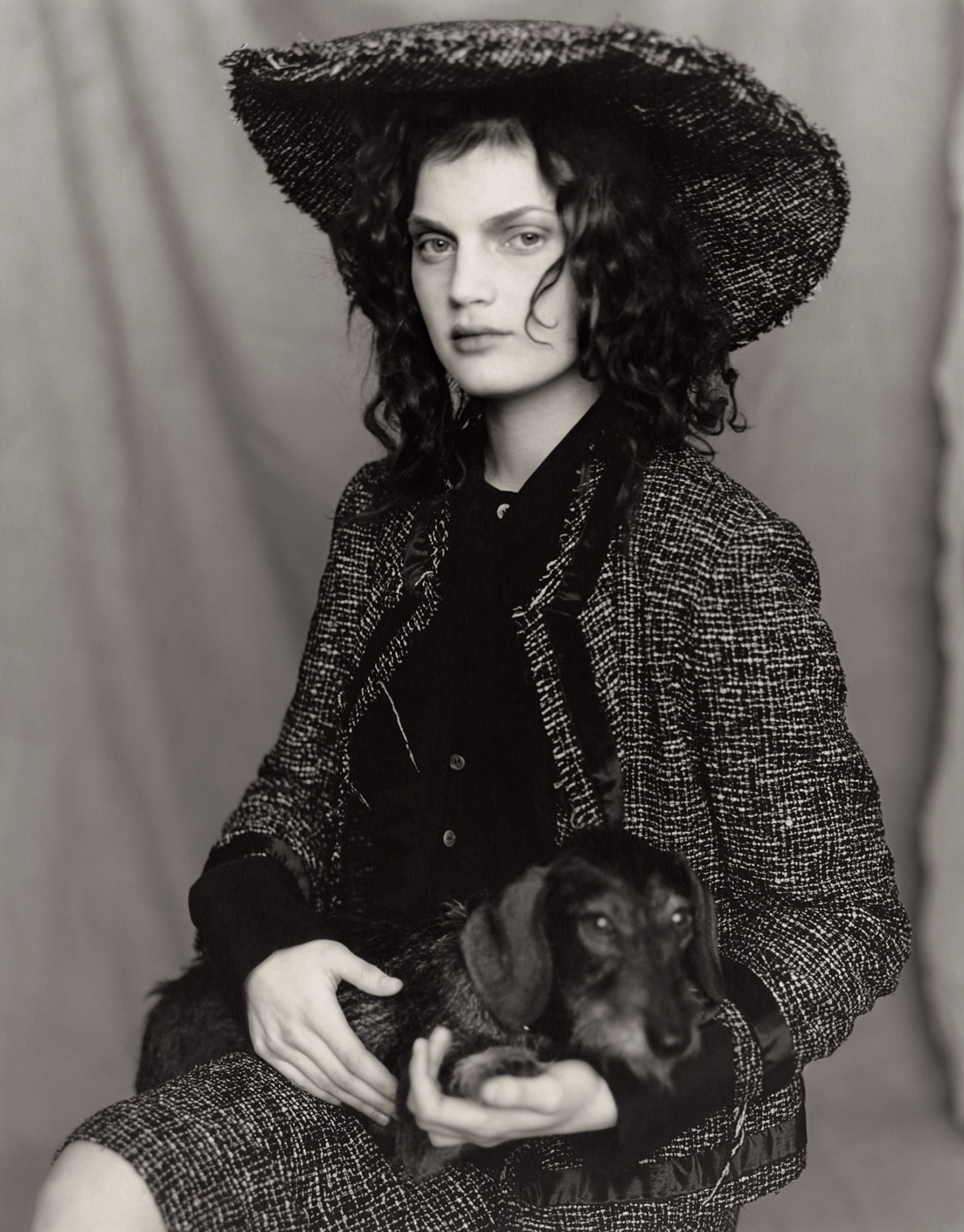In celebration of the upcoming retrospective opening in his hometown of Ravenna, Italy, we revisit our interview with iconic fashion photographer Paolo Roversi.
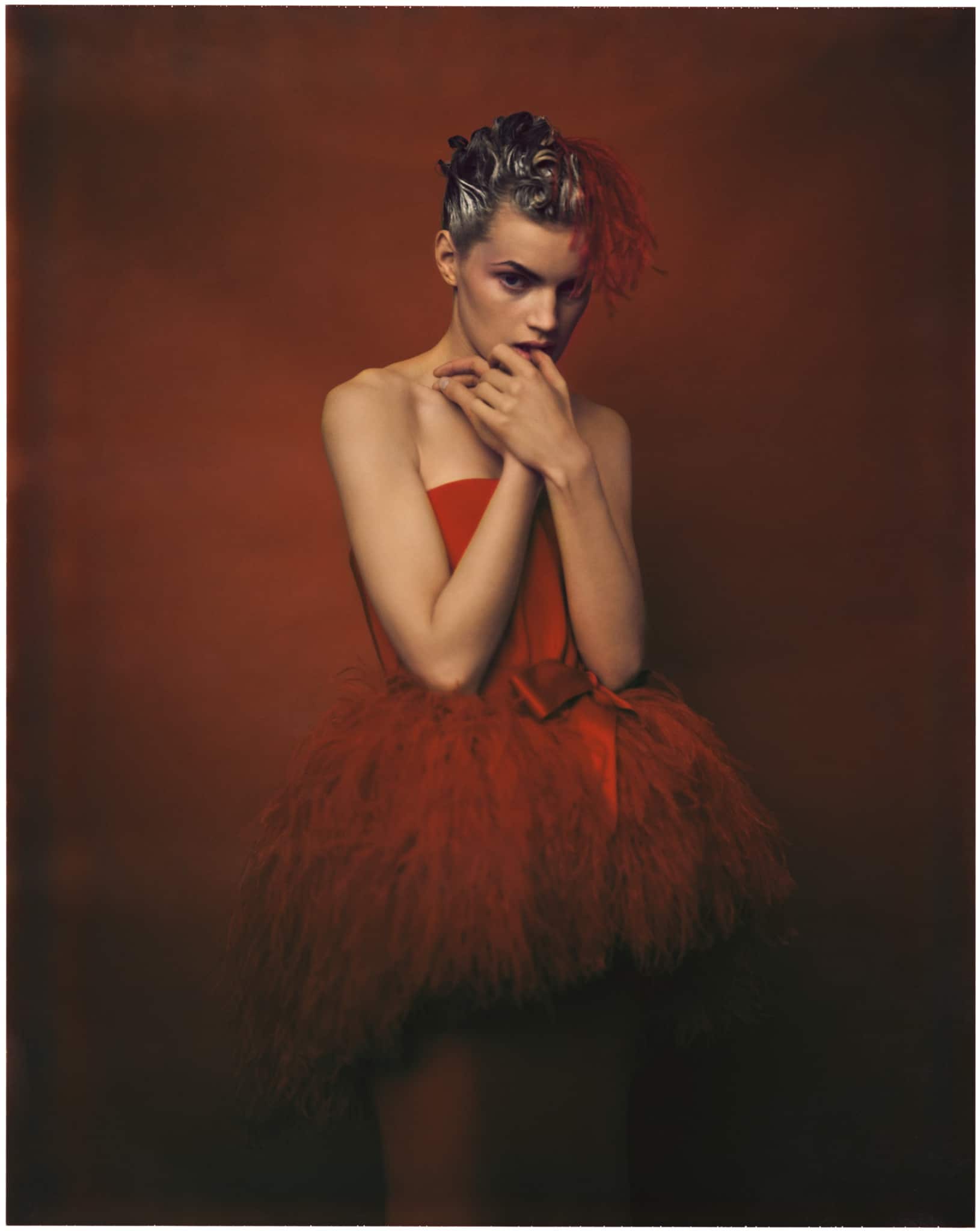
A muse can be many things to an artist. An accessory to their daydream, an object of desire and affection, a guiding spirit or someone they can tell things to as if they were talking to themselves. Just as a muse can inspire great works of art, they can also kindle in their artist a great sense of self – and sometimes, unbeknown to the artist – a muse can reveal as much about the artist as is revealed of them.
When Paolo Roversi meets with a muse, magic happens. His work over the years with Natalia Vodianova and Guinevere Van Seenus have told his own story with magnitude; intensifying the painterly appearance, sharing his feeling for lighting that is both spontaneous and subjective and revealing a consistent romantic potency. His images – ever changing but instantly identifiable – are ethereal, erotic, dream-like and arresting but, above all, beautiful. “A lot of my work is about beauty, and these girls, these women, bring to me this mystery of beauty and I am very, very attracted by that. Their beauty, it inspires me, it is very important for my work,” he says. “It is very simple you know. They trust me, they know me, we work together and they feel I’m not looking for something special, or something vulgar. I am just trying to take an image of their beauty, of their personality. They know they are beautiful, it doesn’t make a big difference.”
Roversi’s fascination goes beyond simple physicality. “My idea of beauty is not only the beauty of their face, it is the beauty of their whole person, no? The beauty of their whole character, of their whole way to be, their whole way to be someone, it’s about the personality of these women you know,” he says. “I think taking a picture of someone is not a little superficial thing. It is something very deep and something very intense. It’s always an exchange, very strong and when I say it is a confession it is because it’s a relation of something very intimate. For me the picture is not only a reproduction of a reality, it is more a revelation of something else."
"Just a person being very close to another life, to another reality. That’s the mission of photography you know.”
It is in a studio in the 14th arrondissement of Paris in Montparnasse that Roversi’s mission often takes place. He found it by chance when a friend of his told him that a painter’s atelier was for rent and he has gone to work there every day since for the last 30 years. He’s attached to this place where everything logical and rational is checked at the door; he has put his chairs, blankets, camera and lenses into this simple space with a big north facing window that delivers him light (window light being his favourite of all).
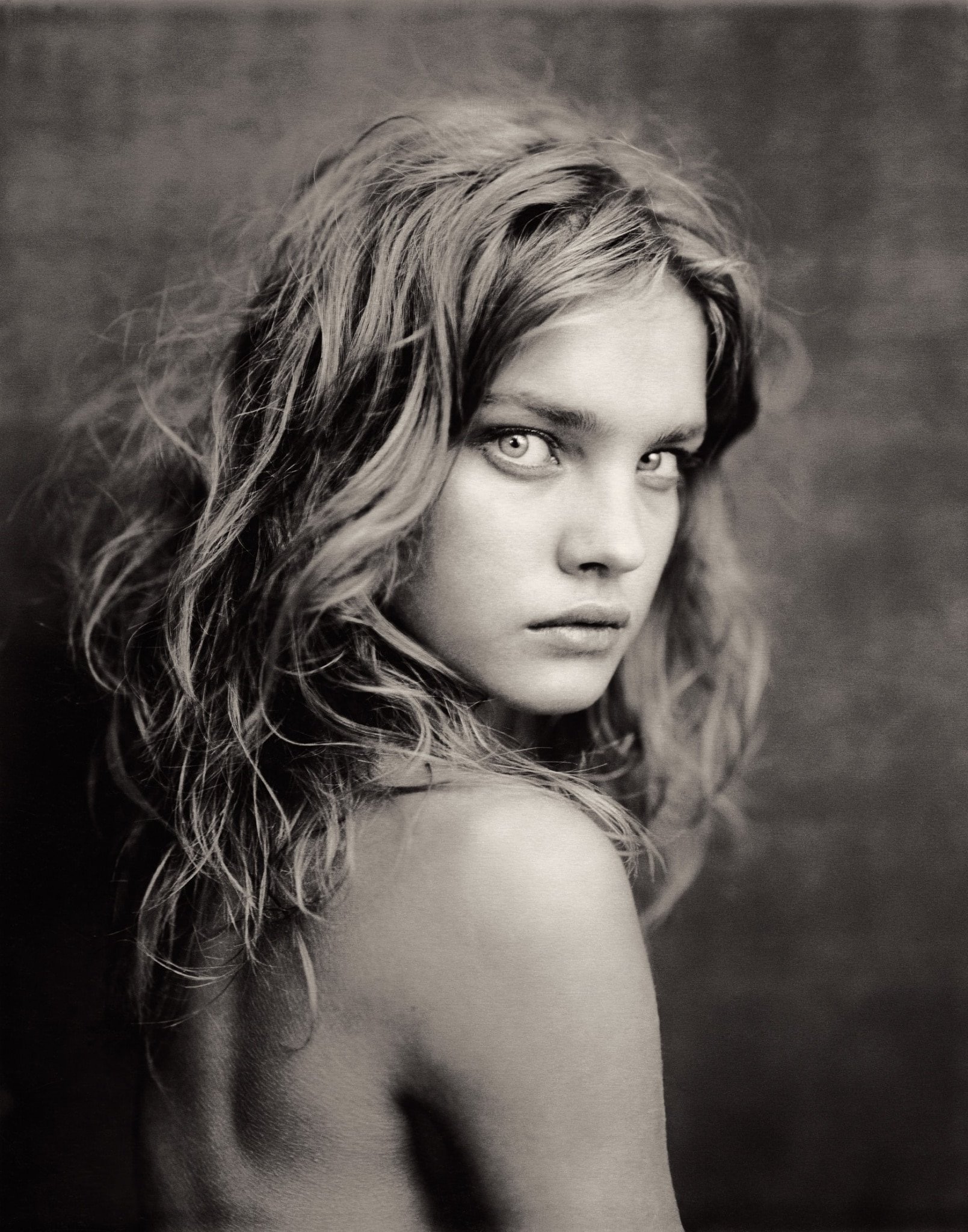
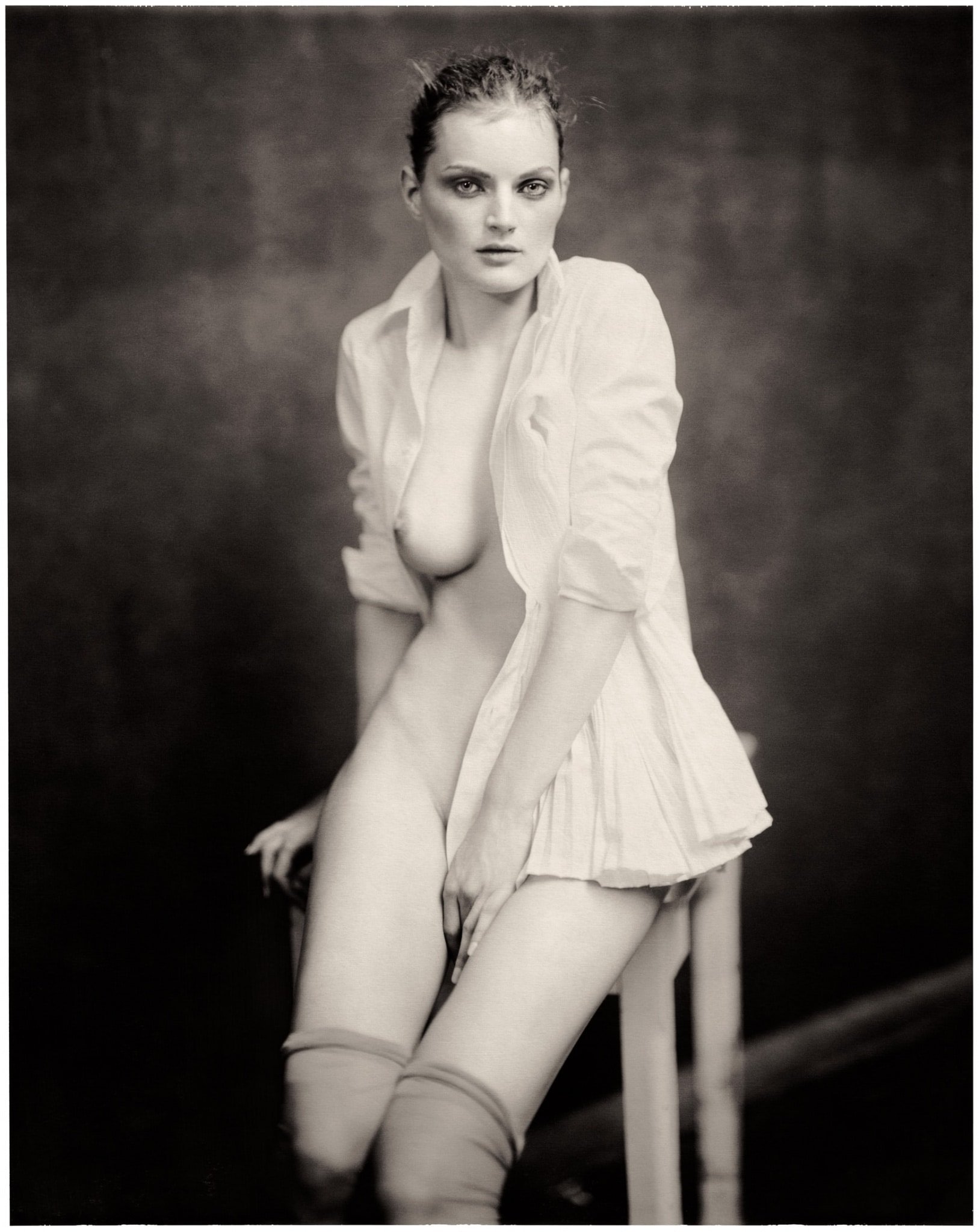
“It’s like a little theatre,” he says. “I can do everything in this space. It’s like a little stage, I can do, I can create a situation I want, I can dream, it’s everything I want. Some days it’s springtime or winter or summer or raining or snowing, it’s a theatre, like a stage where you can put everything you want. A space for imagination and creativity and dreaming and all those things.”
By his own admission, Roversi became a photographer haphazardly. He grew up in the northern Italian town of Ravenna, began taking pictures as a teenager, which led to an apprenticeship, where his first assignment saw him sent to cover Ezra Pound’s funeral. Having later set up his photography studio in his hometown he met the pioneering 70s art director, Peter Knapp, who worked at Elle magazine and went to Paris on his invitation and has lived there ever since. After a stint with Laurence Sackman, he wound up in fashion photography and began to shoot editorials for Elle and Depeche Mode. “I’ve never done a photography school, I’ve always learned from looking at the masters, working with photographers,” he explains. “I was an assistant of some very good photographers and I learnt a lot from them but everyone must find their own way to their career in photography. Everyone is different, so I became a photographer by chance, I never decided to be a photographer, just a little by little and then one day I was a photographer, and working and you know, I changed a few times and wanted to be a writer, and wanted to work in theatre and wanted to do movies, and then one day, I was a photographer.”
Much of Roversi’s work has used the 8 x 10 Polaroid format, a film that enchanted him the moment he saw it. Seeing his images as portraits, even the nudes, his aesthetic is known for its long exposures at close range, his technique of light painting and his affection for natural window light that takes a long trip to reach its subject. But despite that he’s seen as a pioneer of experimentation with light and his work has become so renown and he’s inspired many imitators, he finds stimulation in change and diversity.
“Technicality is not so important for me, just a way to achieve what you want to do."
"If it’s a Polaroid or a classic silver film or a digital camera, it doesn’t make a big difference for me. Of course I am traditional photographer so always prefer old things to the new ones, but new things I like them too, I am not closed to the innovations, I am very open to that.
“I want to do a movie too, I’m very passionate about the movie. I’m working a script but it’s still a secret so don’t tell anyone about it as I’m very superstitious.” He excuses himself with a laugh and adds, “I am Italian.”
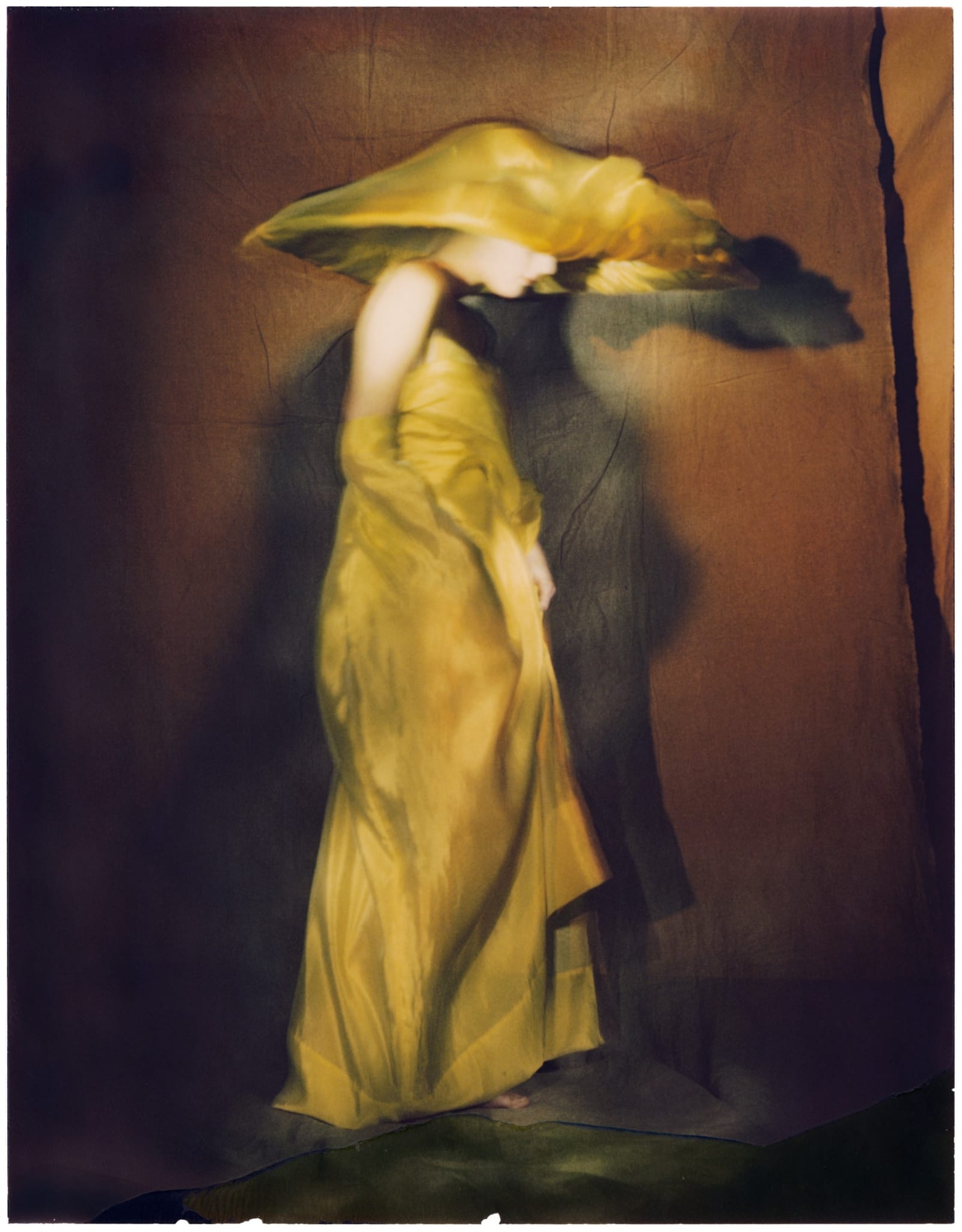
Perhaps it is Roversi’s good-humoured embrace of the ever-changing language of fashion that has seen him forge ahead and remain relevant where other masters have become more retrospective. He shoots projects that push the boundaries, whether in editorials for the likes of Italian Vogue, i-D and AnOther Magazine to campaigns for Hermès and Christian Dior. It is never about producing a ‘Roversi’ just because that’s what he knows how to do. “Fashion in itself is a changing of the times, it is not something fixed, it is something moving like a river, and it never stops and that’s why it is nice, because it’s fascinating, because it’s always evolving. It’s a wave and you never know where it is going, and it is always surprising and unexpected, so it’s very exciting.”
And, of course, as times change so do the inspirations. So, have the women he shoots, his muses, those who belong to our disrupted digital generation changed very much?
“We don’t know why but our tastes are changing."
"The attitude of the girl is changing, the body shape and the body language is changing. The girls today they don’t move and they don’t talk like the girls of 20 years ago. They don’t speak the same language, they don’t walk the same, because they walk their phone,” he laughs, although is being serious. “They’re always moving and the attitude of their body is different, they tilt their head at you in a different way, they look at you in a different way...”
He says the “new models” bring a new attitude that he can’t explain and doesn’t want to.
“I don’t want to analyse everything you know. In my work I don’t like to analyse and explain everything, I like to be seduced by the fascination, everyone of them is different to the next one, I just like to go WOW, c’est magnifique.”
Roversi is a poetic man. Joy exudes through his voice. He arranges his words as though they are pictures, and laughs deeply after he’s said them, as though he’s both relishing in their impact and smiling at their nonchalance. “I’m emotional, it’s always about an emotion,” he says. “I think if we do better emotions we will have a better work, if we have better feelings we will have better work. It’s just little, little drops of something on the ocean of the world.” And then he roars, laughing again.

